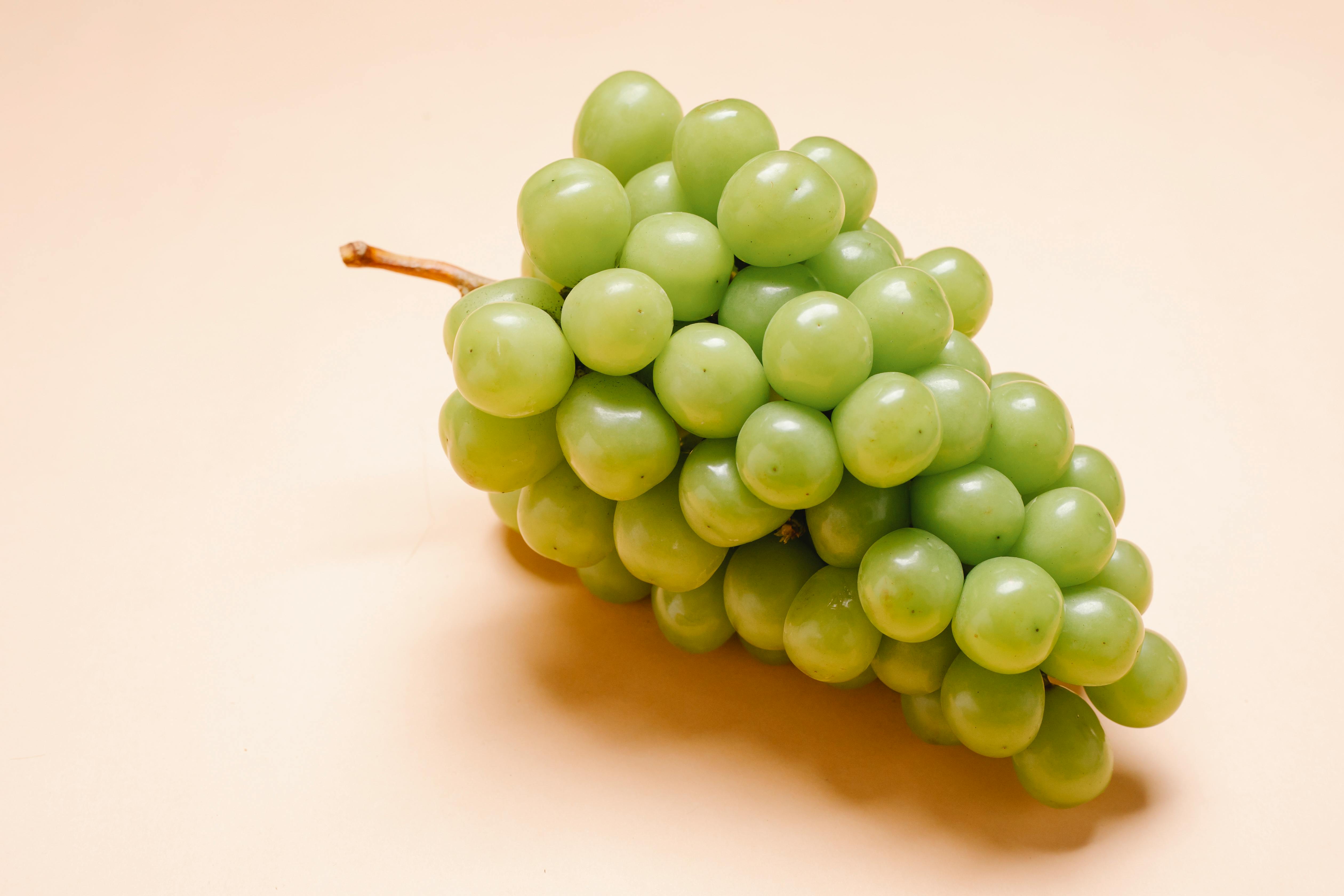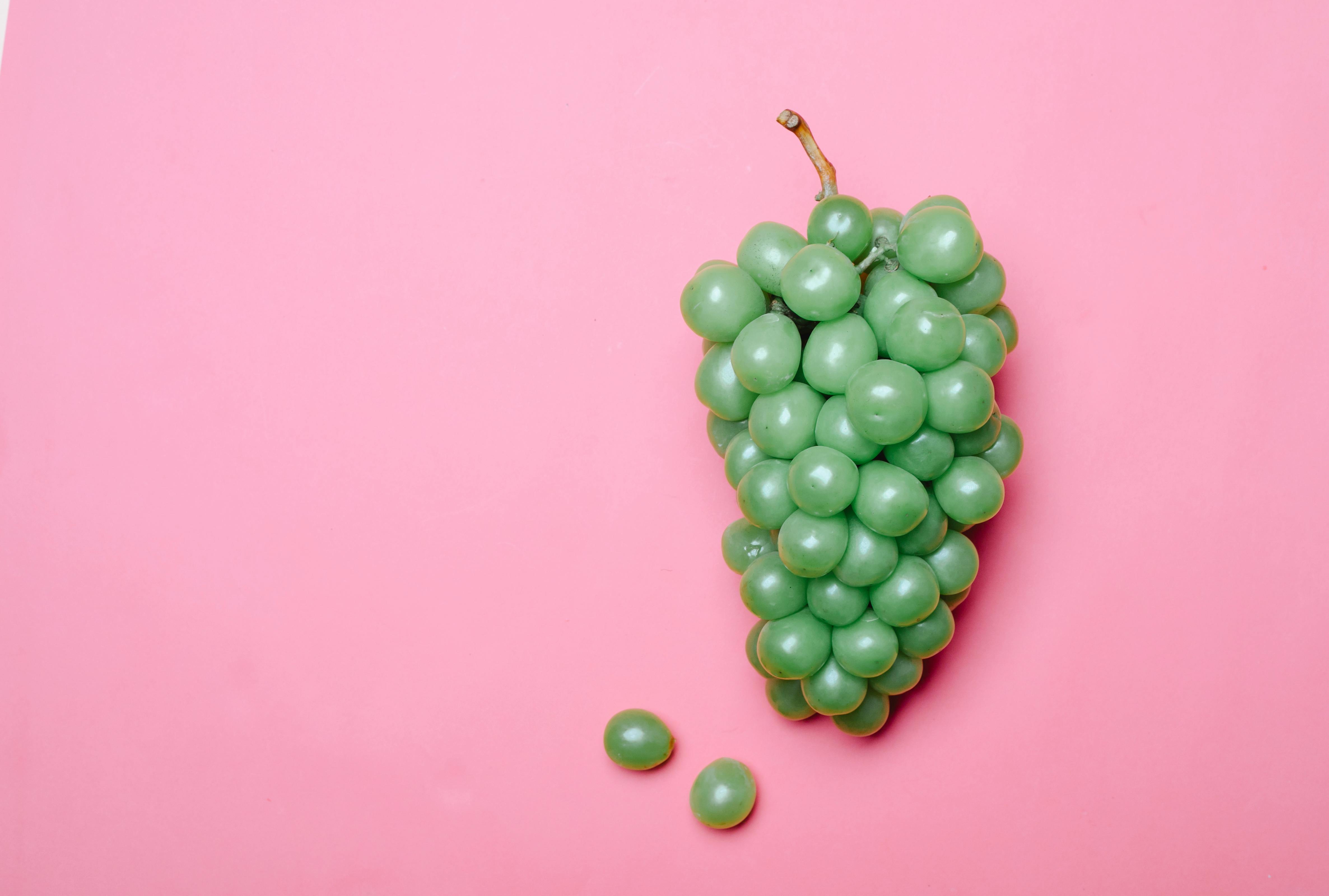Dragon fruit, also known as pitaya or pitahaya, is a delicious and exotic fruit native to Mexico and Central and South America. It is also becoming increasingly popular in other parts of the world, due to its unique flavor and various health benefits. But have you ever wondered how big does a dragon fruit plant get? In this article we will discuss the size of a dragon fruit plant, its growth rate, and what you need to do to ensure that it grows to its full potential.The maximum size of a dragon fruit plant depends on the variety grown. Generally, the mature size of a dragon fruit plant can range from 3-6 feet in height and spread 4-10 feet wide. Some varieties can be even bigger, reaching up to 10-12 feet in height and spread up to 15 feet wide.
How Far Can Dragon Fruit Plants Grow?
Dragon fruit plants can grow up to 8-10 feet in height and 4-5 feet in width. They are considered to be a fast-growing plant, and can reach their full size within two years. Dragon fruit plants have an extensive root system that is capable of producing vigorous stems and branches. The stems are strong and woody, while the branches are thin and flexible.
Dragon fruit plants can be grown indoors or outdoors, depending on the climate. In tropical climates, they prefer full sun exposure but will tolerate partial shade as well. They need well-draining soil with lots of organic matter like compost or aged manure. Dragon fruit plants need regular watering to keep the soil moist but not overly wet. Fertilizing every few weeks will help ensure healthy growth.
Outdoors, dragon fruit plants can tolerate temperatures down to 50°F, although they will perform best when temperatures remain between 70°F and 90°F during the day and between 55°F and 75°F at night. When grown indoors, they prefer temperatures around 70°F during the day and no lower than 65°F at night.
Dragon fruit plants have a long life span, with some varieties living up to 30 years or longer when properly cared for. The fruits themselves will last for several weeks on the vine before they begin to rot, so it’s important to harvest them once they’ve reached maturity. With proper care and a bit of luck, dragon fruit plants can provide delicious fruits for many years!
Light and Temperature
Dragon fruit plants require full sun exposure for a minimum of 8 hours per day in order to reach their maximum size. The ideal temperature range for dragon fruit growth is between 75-95°F (23-35°C). If the temperature drops below 60°F (15°C), the plant will go dormant, and may not flower or produce fruit until the conditions are warmer.
Soil and Fertilizer
Dragon fruit plants thrive in soils that are well-drained and rich in organic matter. The pH level should be slightly acidic with a range of 6.0 to 7.5. Regular applications of fertilizer can help to promote vigorous growth and healthy fruits. Use a balanced fertilizer like 10-10-10, applied according to package directions.
Watering
Dragon fruit plants need regular watering, especially during the hot summer months. Water deeply and allow the soil to dry out slightly between waterings. Overwatering can cause root rot, so be sure not to water too frequently or keep the soil too wet.
Pruning
Regular pruning is necessary for dragon fruit plants to reach their maximum size potential. Remove dead leaves, flowers, or stems as needed throughout the growing season. This will encourage new growth and help maintain an attractive shape for your dragon fruit plant.
By providing these essential growing conditions, your dragon fruit plant can reach its maximum size potential and provide you with delicious fruits!
How Long Does It Take for a Dragon Fruit Plant to Reach Its Maximum Size?
Dragon fruit plants can take up to three years to reach their maximum size. The amount of time it takes depends on the environmental conditions, the amount of care and attention given, and the variety of dragon fruit plant. Generally, it is best to start with a smaller variety that matures faster than larger varieties.
Dragon fruit plants thrive in warm climates with plenty of sunlight and well-drained soil. Plants should be watered regularly during dry periods, and fertilized every 3-4 weeks during the growing season. Pruning helps maintain a healthy, attractive growth habit and encourages more flowering and fruiting.
The size of a dragon fruit plant can vary greatly depending on the variety chosen, as well as how well it is cared for. Smaller varieties may reach up to 3 feet (1 meter) tall when mature, while larger varieties can grow up to 10 feet (3 meters) tall. It is best to choose a variety appropriate for your climate zone and gardening conditions.
In general, it will take anywhere from 1-3 years for a dragon fruit plant to reach its maximum size. With proper care and attention, your dragon fruit plant will produce delicious fruits in no time!
Dragon Fruit Varieties and Their Effect on Plant Size
Dragon fruit is a tropical, sweet-tasting fruit that is native to Central and South America. It is also known as pitaya or pitahaya and is grown in many countries worldwide. Dragon fruit comes in a variety of colors, shapes, and sizes, and each variety has its own unique characteristics. One of the most important factors to consider when growing dragon fruit is the variety that will determine the size of the plant.
The two main varieties of dragon fruit are Hylocereus undatus (HU) and Hylocereus polyrhizus (HP). HU is a smaller variety with a shorter stem, while HP is larger with a longer stem. Both varieties produce large, vibrant flowers with edible fruit that varies in color from white to pink or yellow. The size of the plant and its ultimate height depend on which variety you choose to grow.
HU plants typically reach heights between three and five feet tall, while HP plants can reach heights between six and ten feet tall. The larger HP plants require more space for their roots to spread out, so if you are limited on space it would be best to choose the HU variety. In addition to affecting the ultimate height of the plant, the two varieties also affect other aspects such as tolerance to cold temperatures and pest resistance.
The fruit from both types of dragon fruit can vary in size depending on how they are grown. When grown in optimal conditions with plenty of sunlight, water, and fertilizer, dragon fruit can reach sizes up to 12 inches long with some weighing up to two pounds. If grown under less than ideal conditions or without proper care, however, they may only reach sizes around four inches long with significantly lower weights.
In conclusion, there are different varieties of dragon fruit that can affect the ultimate size of the plant as well as other aspects such as tolerance to cold temperatures and pest resistance. Choosing the right variety for your needs is essential for achieving successful growth and producing large fruits with high yields.

Dragon Fruit Plant Growth Factors
Dragon fruit plants need the right combination of environmental conditions to grow healthy and produce sweet, succulent fruit. The most important factors for successful dragon fruit plant growth are temperature, water, light, and soil.
Temperature
Dragon fruit plants prefer a tropical climate with temperatures between 65 to 95 degrees Fahrenheit and no frost. Most dragon fruit varieties cannot tolerate temps below 32 degrees Fahrenheit. Too much heat can also cause problems, as temperatures over 100 degrees can inhibit plant growth and reduce flowering.
Water
Adequate watering is essential for dragon fruit plant growth. The soil should be kept moist but not overly wet. During the summer months when the plant is actively growing, it should be watered deeply once per week or more frequently in hot weather. In winter the watering frequency should be reduced to every other week or less depending on the temperature and humidity levels.
Light
Dragon fruit plants need plenty of bright light for optimal growth and fruiting. They should be grown in an area with at least 6 hours of direct sunlight each day, although they can tolerate some partial shade as well. If you are growing them indoors, use full-spectrum fluorescent light bulbs to provide enough light for the plants to thrive.
Soil
Dragon fruit plants prefer a well-draining soil that is rich in organic matter and slightly acidic (pH 6–7). Add compost or aged manure to the soil before planting to ensure that it is nutrient-rich enough for your dragon fruit plants to grow strong and healthy. It’s also important to keep the soil consistently moist but not soggy when growing dragon fruits.
What Kind of Soil Is Best for Growing a Dragon Fruit Plant?
Dragon fruit plants thrive in well-drained, sandy soils. They prefer soils that are light and airy, with plenty of organic matter and a slightly acidic pH level. The soil should be rich in nutrients, such as nitrogen, phosphorus, potassium, and magnesium. A balanced fertilizer can be added to the soil to provide the necessary nutrients for growth. It is important to ensure that the soil is kept moist but not soggy so as to prevent root rot and other diseases.
When planting a dragon fruit plant, it is best to use fresh soil or topsoil that has been amended with compost or aged manure. Adding some perlite or vermiculite will help improve drainage and aeration of the soil. Additionally, adding a layer of mulch on top will help keep the soil moist and reduce weeds. It is important to water regularly and fertilize during active growth periods in order for the plant to reach its full potential.
Overall, dragon fruit plants require soils with good drainage and an adequate amount of organic matter in order to thrive. With proper care and maintenance, these plants can produce an abundance of delicious fruits!
Much Water Does a Dragon Fruit Plant Need?
Dragon fruit plants are native to Mexico and Central and South America. They require plenty of water to reach their maximum size. Dragon fruit plants need about 1-2 inches of water per week. It’s important to provide the plant with enough water but not too much or else it can become waterlogged and lead to root rot.
To ensure the dragon fruit plant is getting enough water, check the soil moisture level once a week. If the top inch or two of soil feels dry, then it’s time to water the plant. Make sure to use lukewarm or room temperature water when watering your dragon fruit plant as cold water can shock its roots.
It’s also important to provide your dragon fruit plant with good drainage so that excess moisture can drain away from the roots. Good drainage helps ensure that your dragon fruit plant is getting enough but not too much water. Use a potting mix that contains organic material such as peat moss that helps retain moisture while also providing good drainage for the roots of your dragon fruit plant.
Your dragon fruit plant will appreciate regular fertilizing as well, especially if it is planted in a pot rather than in the ground. A balanced fertilizer should be applied every four weeks during its growing season when temperatures are warm and consistent (usually spring through fall). Fertilizers like fish emulsion or seaweed extract are ideal for dragon fruit plants as they are rich in nitrogen, phosphorus, and potassium which help promote healthy growth and abundant blooms.
By providing enough but not too much water, ensuring good drainage, and fertilizing regularly, you should be able to help your dragon fruit plant reach its maximum size!

Conclusion
Dragon fruit plants can be a beautiful and relatively easy to care for addition to any garden. With its vibrant colors, unique flavor, and health benefits, it is no wonder why it has become a popular choice for many. The size of the dragon fruit plant depends on its growing conditions and the variety of plant that is chosen. Generally speaking, dragon fruit plants can grow anywhere from three to fifteen feet in height and width, depending on how they are managed. While it may take some time for the plant to reach its full potential, with proper care and attention it can be quite rewarding in the end.
As with any type of gardening adventure, it is important to do your research before beginning so that you know what you are getting into. Make sure to choose a variety of dragon fruit that will thrive in your particular environment and climate as well as one that will provide the desired size. With careful planning, you can enjoy a beautiful dragon fruit plant in your yard or garden for years to come!



